Painting isn’t just about creating art — it’s about expressing yourself, having fun, and learning something new. Whether you’re looking to explore a therapeutic hobby or develop your artistic skills, diving into different painting techniques can open up new avenues of creativity. If you’re a beginner, there are many exciting techniques to experiment with, each offering its own unique flair. Let’s explore some of the most popular techniques that will help you unleash your inner artist.
Creating Texture with Minimal Paint
The dry brush technique is one of the most effective ways to create texture and detail in your artwork. As the name suggests, you use a brush that’s nearly dry, with only a small amount of paint on it. This allows you to create rough, grainy textures that are ideal for certain subjects, such as tree bark, fur, or fabric.
Tips for Dry Brush Painting:
- Choose a stiff brush for more defined textures.
- Drag the brush lightly across the surface for a subtle effect.
- Layer the technique for more pronounced texture.
It’s a fantastic technique to add a touch of realism or emphasize intricate details. So, why not try it on a landscape or a nature-inspired painting?
Blending Colors with Ease
The wet-on-wet technique is ideal for blending colors and creating soft transitions. It involves applying wet paint onto an already wet surface, which allows the paint to mix and flow together seamlessly. This technique is perfect for creating gradients, soft skies, or smooth, atmospheric effects.
How to Master Wet-on-Wet:
- Start with a damp canvas or paper.
- Apply colors on top of each other before they dry to allow them to blend.
- Work quickly to maintain the wetness and fluidity of the paint.
If you’re a fan of soft, dreamy effects like sunsets or misty landscapes, this is the technique for you. It’s perfect for beginners who want to create seamless transitions between colors.
Adding Bold Texture and Depth
Impasto is a bold technique that involves applying thick layers of paint directly onto the canvas to create texture and depth. The thick paint stands out, adding a three-dimensional effect to your work. This technique can be achieved with either a brush or a palette knife, and it’s perfect for creating expressive, textured strokes.
How to Use Impasto Effectively:
- Use a palette knife or a stiff brush to apply thick paint.
- Create layers to build up texture, allowing each layer to dry before adding another.
- Experiment with different colors and mixing techniques to enhance the texture.
Impasto works well for abstract pieces, landscapes, or even portraits where you want to bring out dramatic texture and dimension.
Unleashing Creativity with Precision
Palette knife painting involves using a flat, blunt palette knife to apply paint to the canvas. This technique allows for precision and control, offering a unique approach to texture and form. With a palette knife, you can build up layers of paint, scrape away excess, and create interesting shapes and textures that you can’t achieve with a traditional brush.
Why Use a Palette Knife:
- It allows you to apply paint in a way that creates sharp lines and defined shapes.
- You can use it to scrape paint off the canvas for texture effects.
- Great for creating bold, expressive artworks with little blending.
Palette knife painting is a fantastic way to break free from conventional brush techniques and experiment with more tactile, textured effects in your work.
Embracing Spontaneity in Your Art
For those who love spontaneity and creativity, the splatter technique is a fun and energetic way to add dynamic movement to your paintings. This technique involves flicking or splattering paint onto the canvas using a brush, toothbrush, or even your hands. It’s a great way to create texture, movement, and abstract patterns in your art.
Splattering Tips for Beginners:
- Use a toothbrush or a stiff brush for smaller splatters.
- Dip your brush into paint and flick it onto the canvas for random, organic splatters.
- Experiment with different colors and layer the splatters for more depth.
Whether you want to create a sense of energy in an abstract painting or add texture to a more traditional subject, splattering paint can bring excitement and unexpected flair to your artwork.
Embrace Your Creative Journey
As a beginner, experimenting with these different painting techniques can be both fun and rewarding. Each technique offers its own unique possibilities, whether you’re trying to create texture with dry brush or achieving beautiful blends with wet-on-wet. Don’t be afraid to try different methods and discover which one suits your style best.
Here’s a quick summary of the techniques to explore:
- Dry Brush: Perfect for textured, detailed elements.
- Wet-on-Wet: Ideal for soft blends and gradients.
- Impasto: Adds bold texture and three-dimensional depth.
- Palette Knife: For precise, expressive textures.
- Splatter: Spontaneous and energetic, perfect for abstract work.
Remember, the more you experiment, the more you’ll discover about your own creative process. So, grab your brushes, dive into these techniques, and have fun exploring the world of painting!
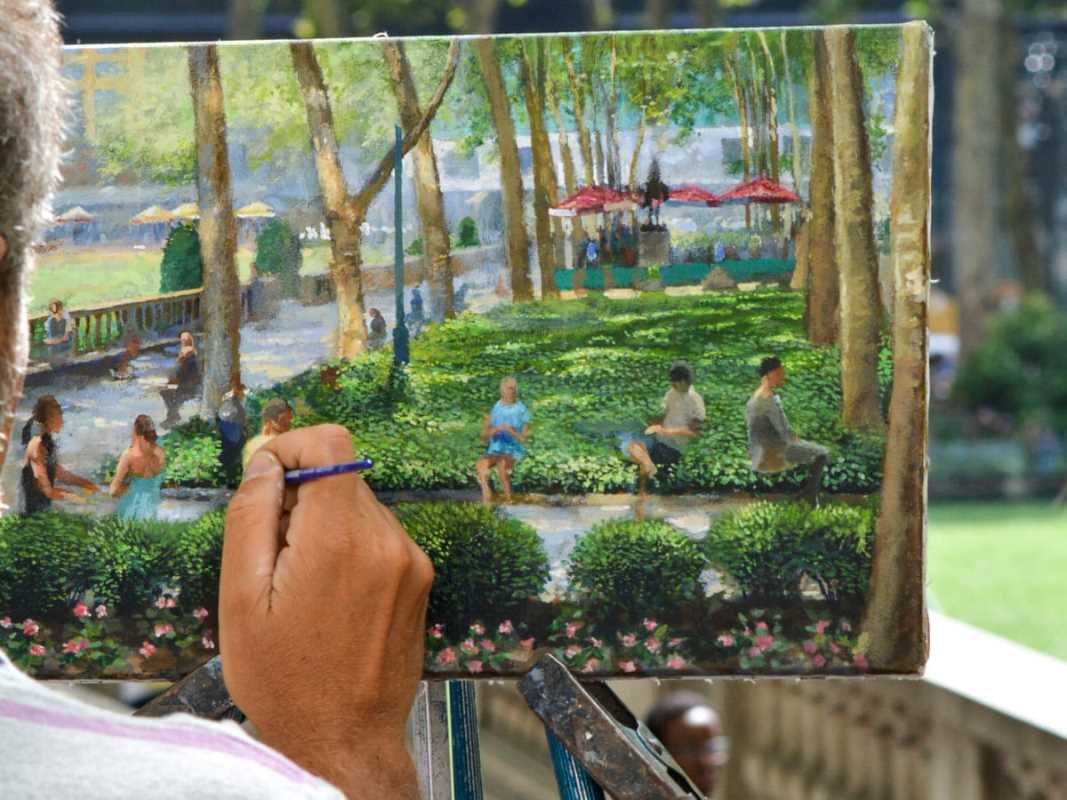 (Image via
(Image via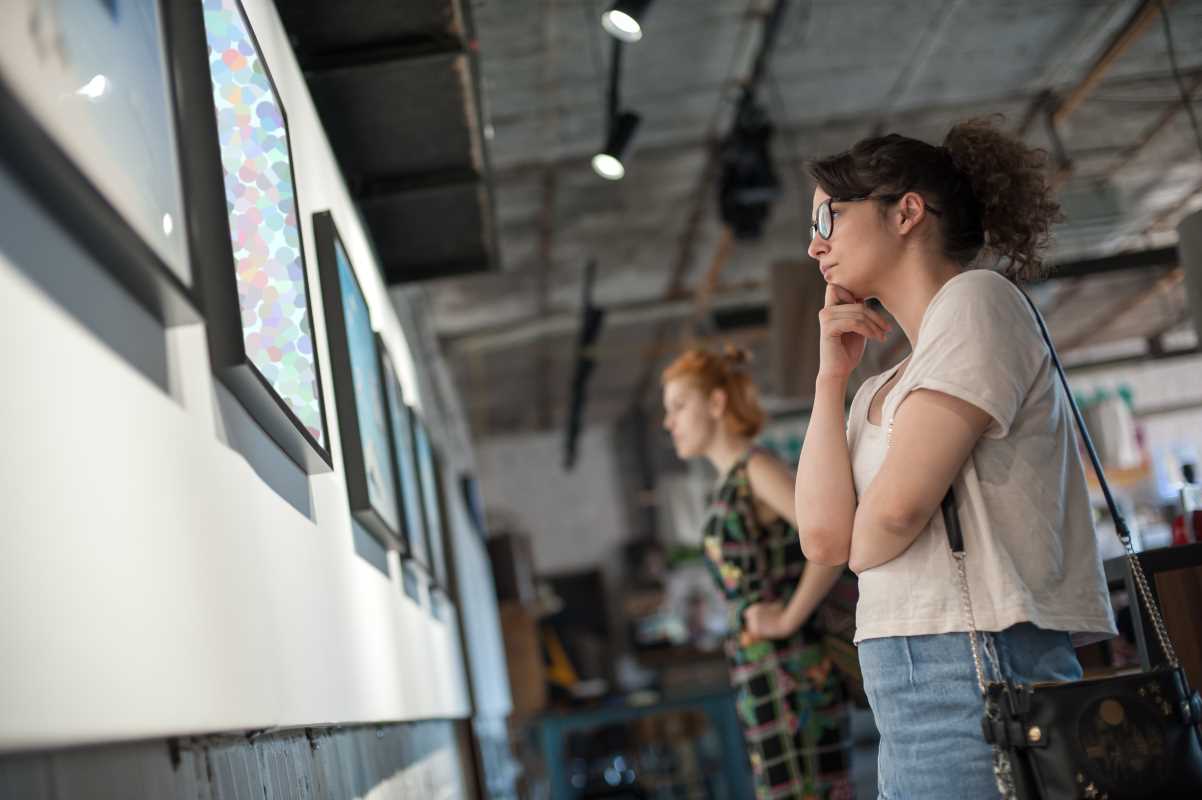
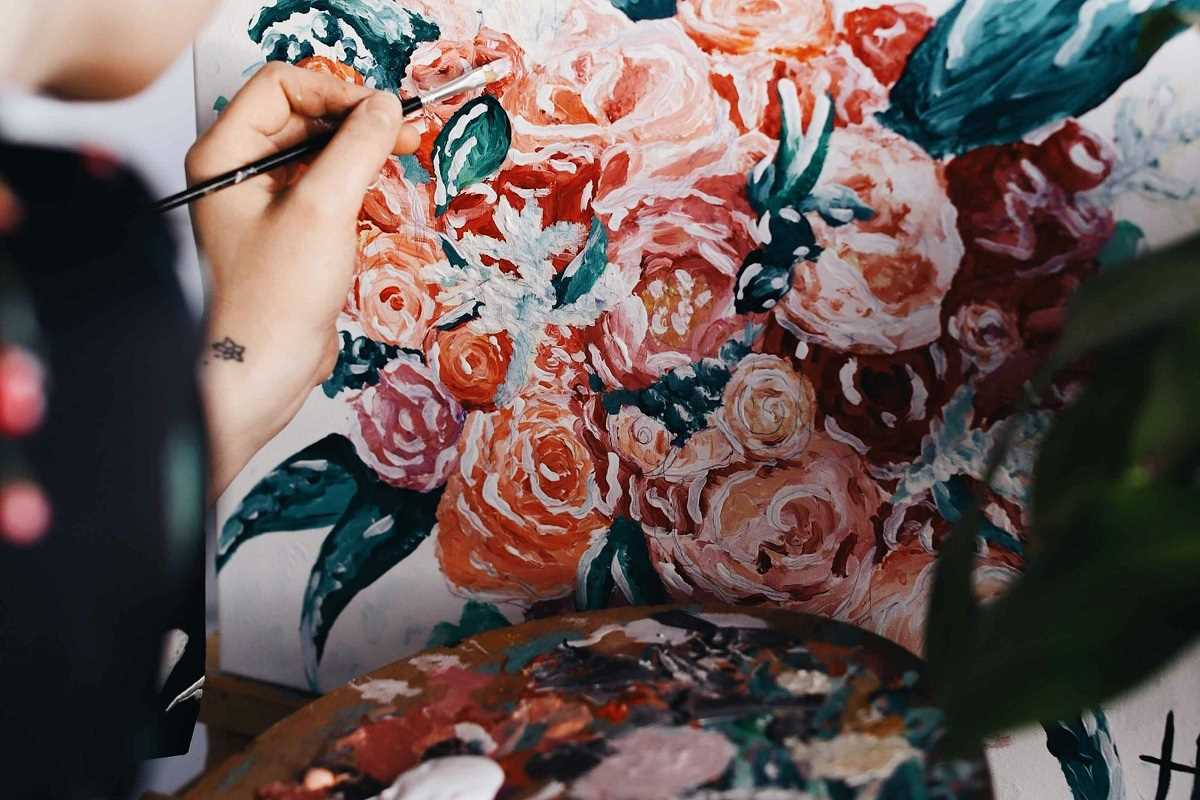
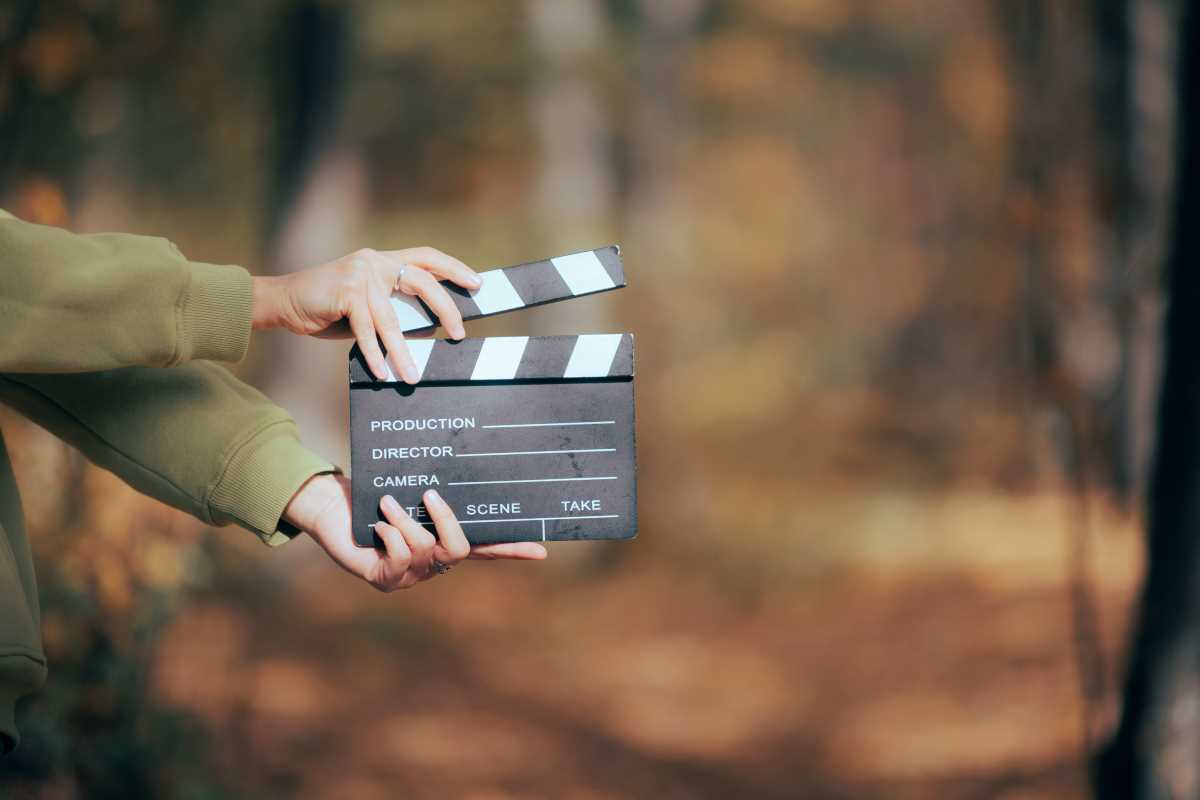


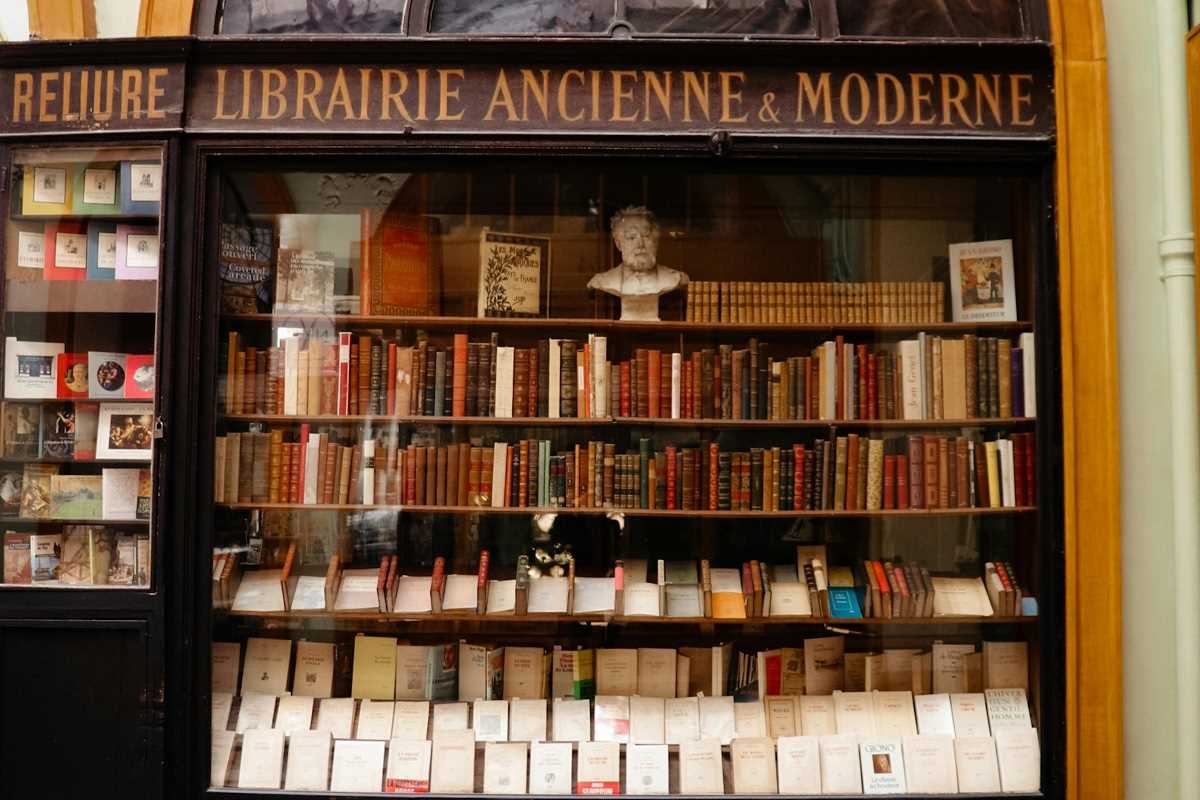
.jpg)